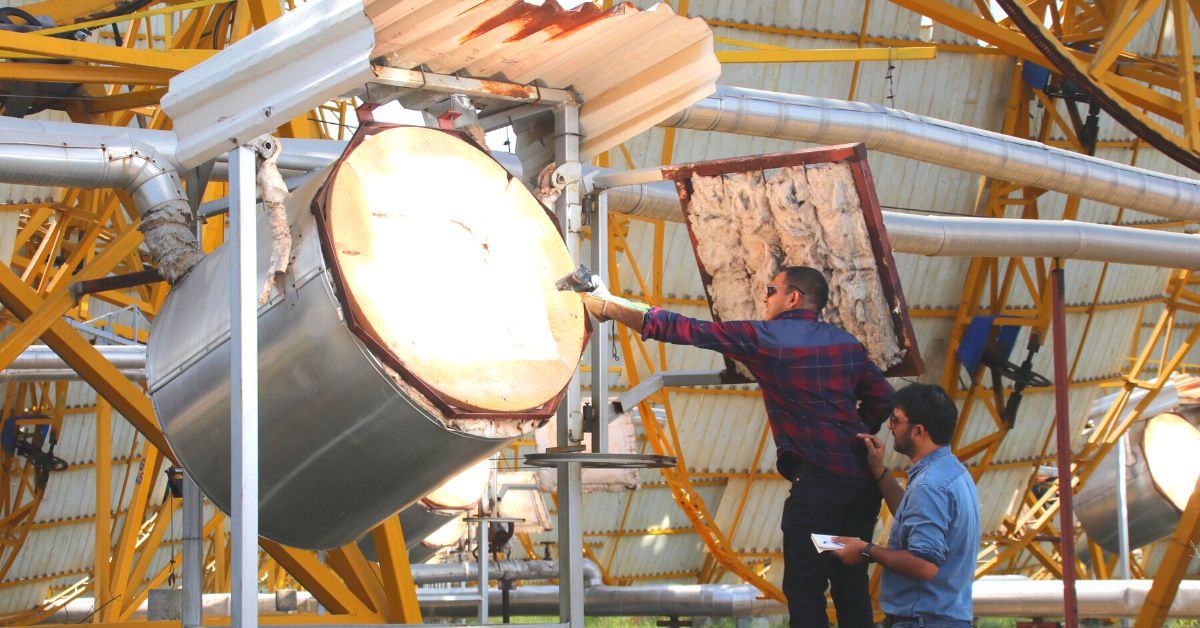
This article is created by The Better India and sponsored by WingifyEarth
IIT Madras researchers have developed a treatment process involving solar thermal energy to recycle construction and demolition debris. They claim that the recycled concrete aggregate (RCA) made using this technology met the requirements for structural applications like bridges, buildings, and roads.
In a significant win for sustainability, researchers at the Indian Institute of Technology, Madras (IIT-M), have devised an interesting way to process recycled construction and demolition debris involving solar thermal energy. Researchers led by Professor Ravindra Gettu, the V S Raju Chair Professor at the Department of Civil Engineering, used concentrated solar radiation to heat waste concrete from demolition to produce structural-grade recycled concrete aggregate (RCA).
Researchers argue that this RCA was higher in quality compared to those obtained from conventional mechanical crushing. They claim that concrete made using this technology met the requirements for structural applications like bridges, buildings, and roads.
The demonstration of this technology was done at the ‘India One Solar Thermal Power Plant’ in ‘Shantivan,’ the headquarters of the Brahma Kumaris — a well-known women-run educational, philanthropic, and spiritual organisation in Mount Abu, Rajasthan. This solar thermal power plant has 770 solar concentrators to produce electricity using steam generated at high pressure.
Operational since 2017, the plant provides power to a community of about 25,000 people at a reasonable cost and low maintenance. Two of the concentrators were used in the full-scale trials for treating the waste concrete. The findings of this demonstration were recently published in the reputed and peer-reviewed journal, Materials and Structures.
The published paper was co-authored by researchers Rohit Prajapati, Surender Singh, B K Jayasimha Rathod, and Prof Ravindra Gettu, as well.
But how does this RCA compare to conventional concrete bought from retailers?
Speaking to The Better India, Prof Gettu says, “Crushed concrete from demolition waste usually has a lot of old hardened cement stuck on the surface of the stone aggregates. This may make them unsuitable for recycling in new concrete as the old cement mortar causes zones of weakness and allows the permeation of water.”
He adds, “The RCA produced with heating through solar energy has much less old cement mortar adhered to the stone aggregates, making them better for structural applications. So, the concrete made with such aggregates would be as good as the conventional aggregates made with pristine (natural) stone aggregates. This would be true for all structural applications such as bridges, buildings, and roads.”
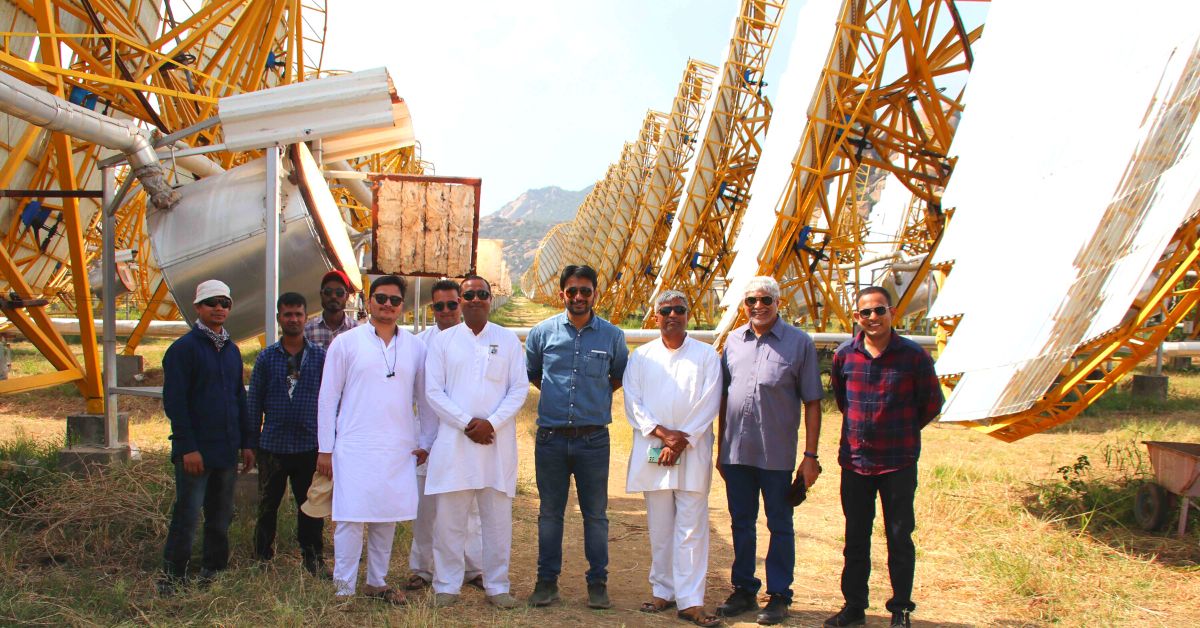
IITM team with Brahma Kumaris staff at India One Solar Plant, Shantivan, Rajasthan
Understanding the problem
It goes without saying that concrete is the most common material used in construction universally, with annual production estimated to be between 10–30 billion tonnes. The global consumption of construction aggregates, including that needed for making concrete, is projected to reach 63 billion tonnes in 2024, according to different studies.
Virtually all aggregate demand is currently met by extensive quarrying and mining, leading to the depletion of primary mineral resources. Also, many countries have a severe shortage of fine aggregate due to bans on mining river sand to avoid serious environmental damage.
Meanwhile, construction activities generate considerable waste, estimated to be about 3 billion tonnes per annum. Some developed countries recycle up to 90% of the construction and demolition (C&D) waste whereas others still resort to the dumping of large quantities in landfills.
What are the conventional methods used in India today to deal with waste concrete?
Professor Gettu notes, “Most of the waste concrete in India has been dumped in landfills and low-lying areas, or used as a base in construction sites. Many cities have recently set up recycling plants to process waste concrete brought to them. They segregate, crush and sort the crushed concrete for use in many applications, including new concrete. However, the cost to the buyer may be higher than pristine aggregates from quarries. Also, there is hesitation among users about the use of recycled concrete as the origin and processing are not evident.”
A rational way to provide an alternative supply of aggregates is through recycling C&D waste, which would curtail mining for aggregates and free up space used in landfills. The present study attempts to mitigate the limitations of conventional thermomechanical techniques with regard to harmful emissions through the utilisation of concentrated solar energy.
The process
According to the press release issued by the Institute, “By using concentrated solar energy for the heating, the thermo-mechanical beneficiation of the concrete waste results in high-quality recyclable materials. This can substitute stone (blue metal) aggregates and sand in concrete.”
“In this pioneering study, concrete from a demolition site was heated using solar radiation concentrated through large reflectors and cast iron receivers to more than 550 degrees Celsius and subsequently scrubbed mechanically to yield coarse and fine RCA, with properties similar to those of pristine aggregates,” the press release goes on to add.
So what does “thermomechanical beneficiation of concrete waste” mean?
Professor Gettu explains this process to us. “In thermomechanical beneficiation, the waste concrete from demolition is heated to about 500 degrees Celsius, cooled to ambient temperature, and mechanically scrubbed by milling. The process of heating and cooling weakens the bond between the old cement mortar and the stone aggregates due to the differences in thermal expansion between them, resulting in ‘cleaner’ aggregates without adhered mortar. Therefore, the quality of the aggregates is better,” he says.
What were the key conclusions from this study? There are three, according to Prof Gettu.
1. It was observed that the required temperature of about 500 degrees Celsius could be achieved and maintained for a long duration with the reflector-receiver setup used.
Elaborating on this point, he says, “The first challenge in using concentrated solar radiation was to ensure that the chunks of waste concrete could be heated to 500 degrees Celsius for about one hour, as this has not been demonstrated before. This was made possible in the India One Solar Thermal Power Plant due to the sophisticated reflector that tracks the sun and focuses the energy onto a small area, which is the mouth of the receiver. The receiver is made of cast iron that absorbs the heat and keeps the concrete waste uniformly heated.”
2. The properties of the aggregates produced were found to be comparable with those of RCA produced in an electric furnace, with the total yield of recycled products being 90% of the feed concrete.
3. Preliminary results on concrete made with the RCA indicate its suitability for typical concrete applications.

Building demolition and waste concrete
Solving a problem
The history of this research initiative dates back to 2016 during a discussion on sustainability of construction with the former director of IIT Madras, Prof Bhaskar Ramamurthy. He had asked Prof Gettu about the challenges of recycling concrete and the higher energy requirement for crushing old concrete.
“Prof Ramamurthy asked me if there was any other way to make it more feasible. I said that heating the concrete would make it easier to separate the ingredients, but that would again require a lot of energy. Later, he called me and a colleague who worked on solar energy and asked if we could work together to see if concentrated solar radiation could heat up the old concrete, making it easier to recycle,” he recalls.
Soon after this meeting, there was a PhD applicant, Rohit Prajapati, who told them at his admission interview that he wanted to work on the recycling of concrete. So, the concerned professors took him into the doctoral programme and he started working on this topic.
“We initially heated the concrete in an electric furnace to study the temperature and duration of heating required. The results were very promising. However, we could not get anyone to allow us to use a solar reflector to heat concrete. Either the temperatures produced were too low or the equipment was engaged by other projects, or they were worried that the concrete pieces would break the mirrors in the reflector,” he recalls.
During this desperate juncture, Prof Gettu’s colleague casually mentioned that a solar plant run by the Brahma Kumaris had huge reflectors. Following this, Prof Gettu contacted a relative who was a follower of the Brahma Kumaris. That person eventually put him through to Dr Jayasimha, who runs the India One Solar Thermal Power Plant.
“When I explained to him what we wanted to do, he readily allowed us to use two reflectors, and as they say, the rest is history,” he recalls.
Real-world applications
“The main intention of the present study was to develop the proof-of-concept that solar radiation could be used in the thermomechanical beneficiation of concrete waste to produce good-quality recyclable material for new concrete,” says Prof Gettu.
This study presents strong evidence for using concentrated solar energy to recycle waste concrete with promise for large-scale waste concrete recycling. This would significantly reduce the energy footprint of construction and demolition waste processing, and lead to savings in raw material and electricity. The end result is also the creation of a circular economy.
However, he goes on to add, “We need funds to set up a pilot plant to study the feasibility of scaling up. We are quite positive that it can be done. We have not yet had anyone reach out to us as we only recently published our findings.”

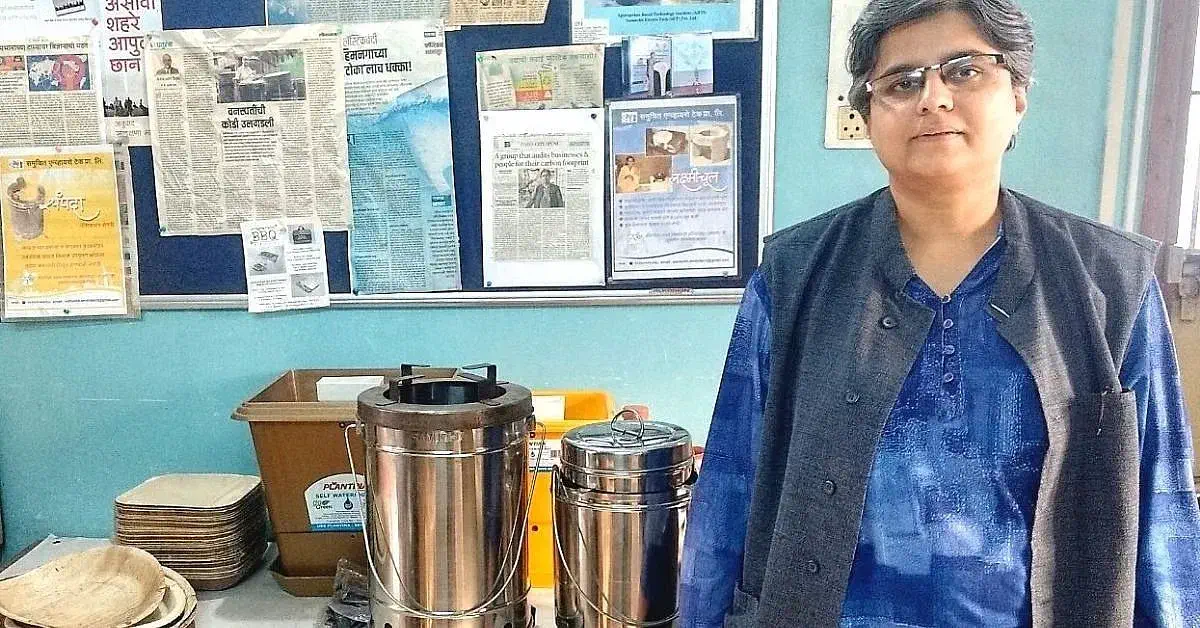
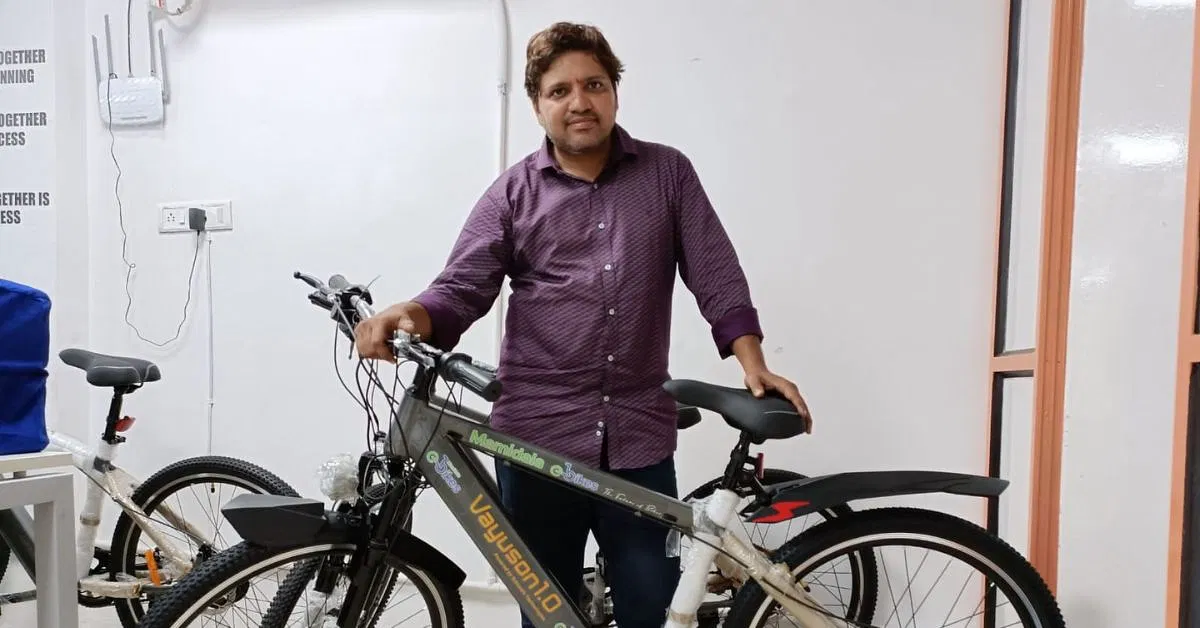
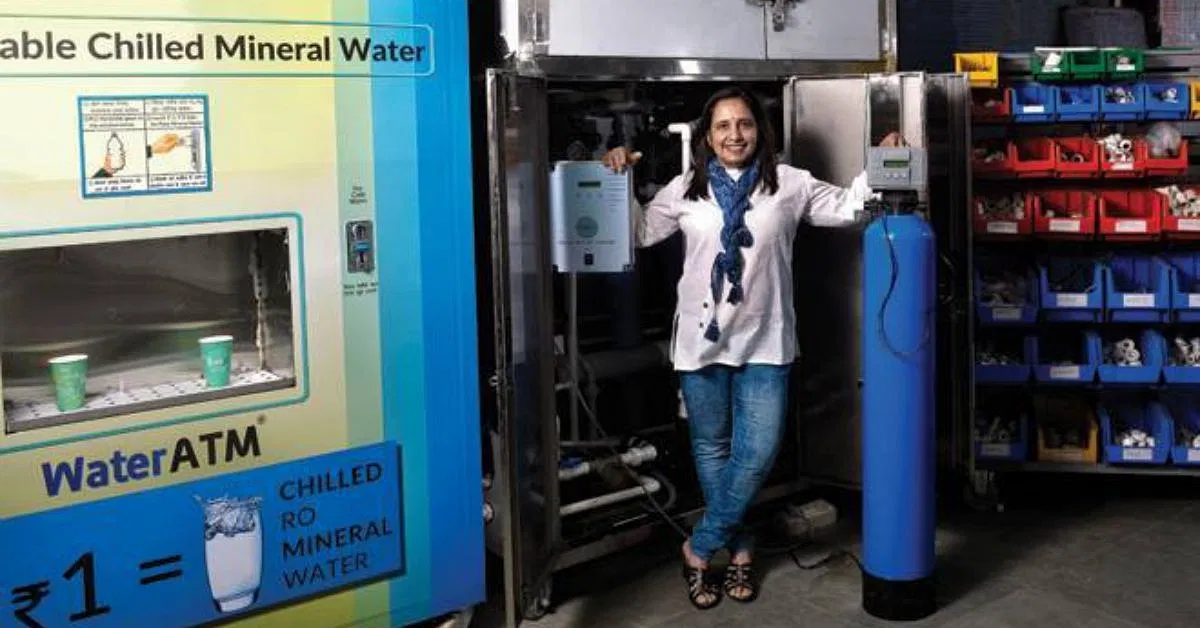
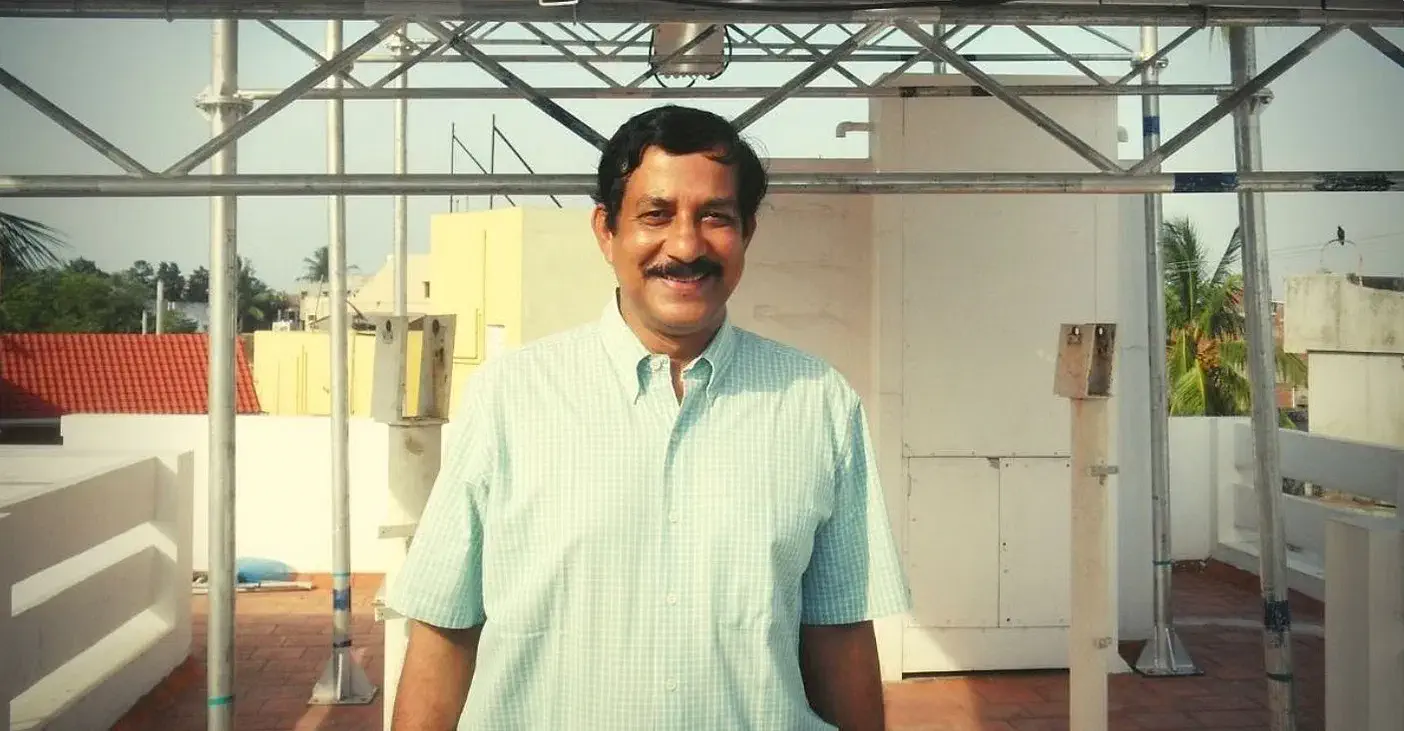

Leave A Comment
Your email address will not be published. Required fields are marked.